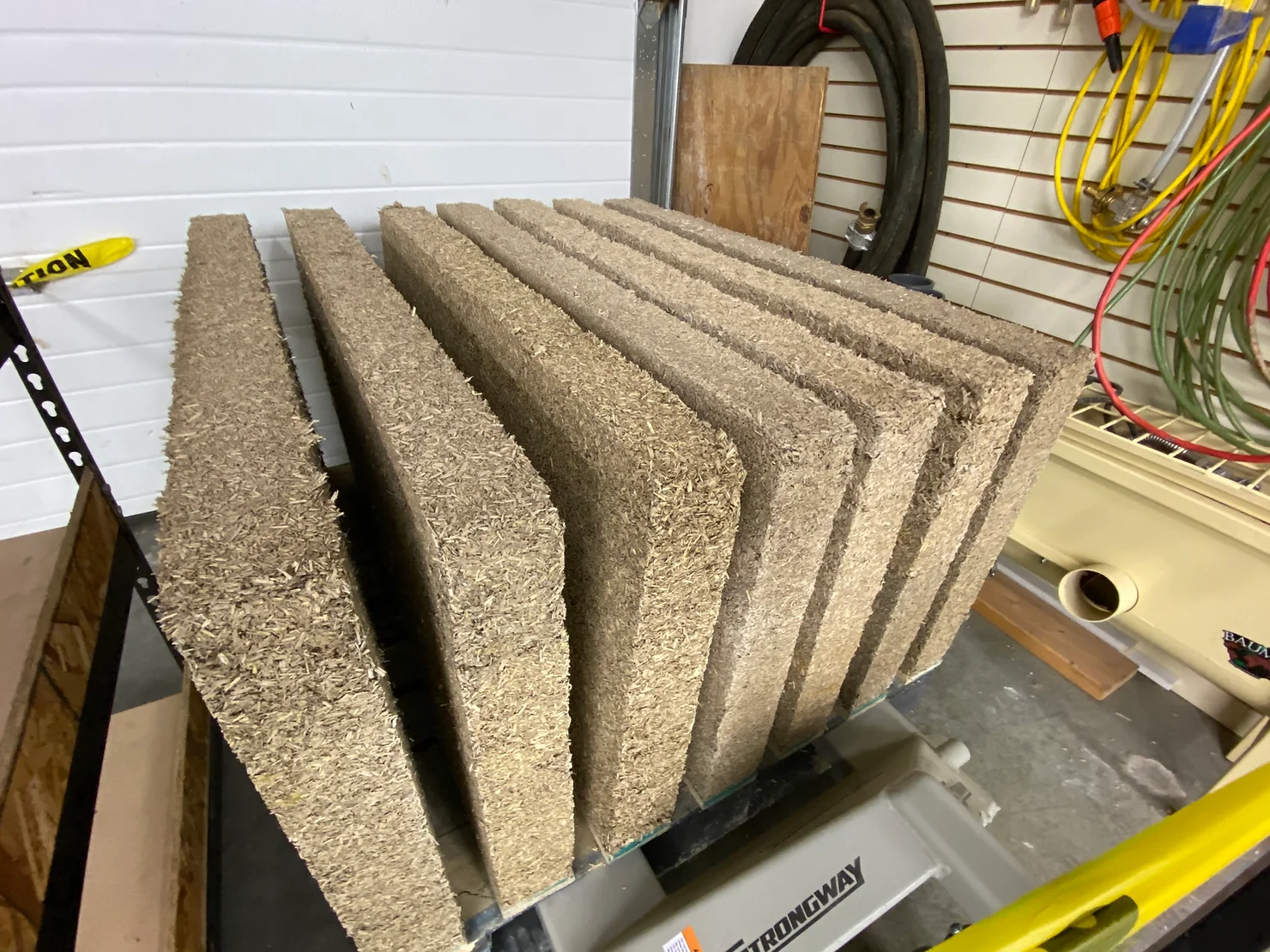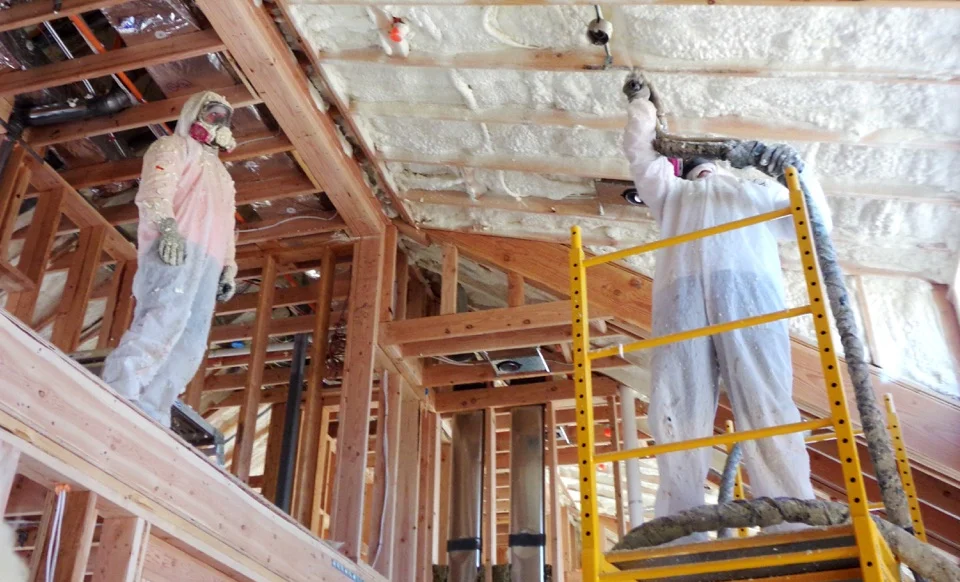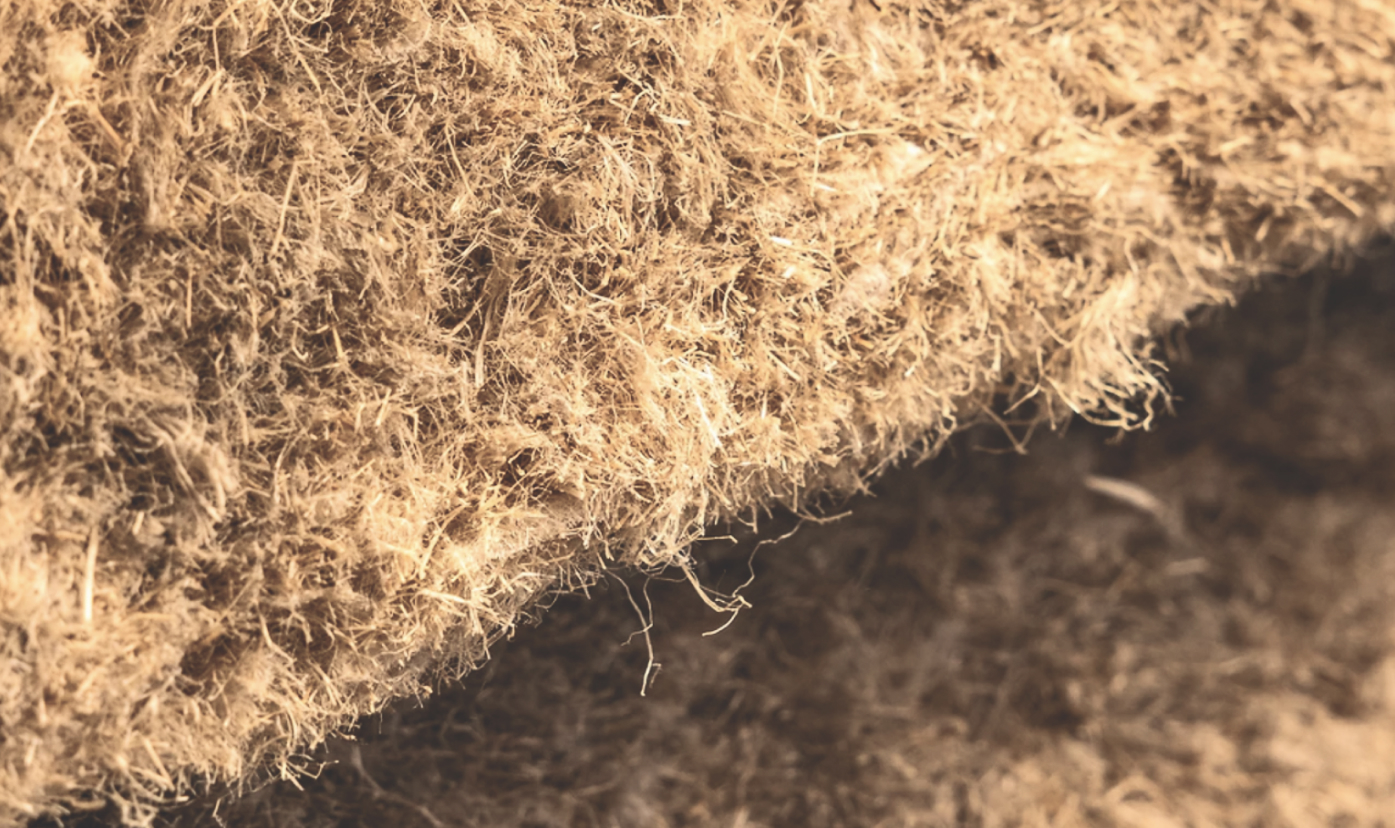Fiberglass insulation is known in the industry as one of the most popular, if not the most popular type of insulation for homes. It can be used in wall cavities, basements, attics, and just about anywhere you might need insulation. It’s also relatively inexpensive and easy to install, though messy.

However, fiberglass insulation is by no means a perfect material for insulating homes. It has many downsides to it that can be downright dangerous in certain circumstances. In case you’re in charge of choosing the type of insulation to put in homes, let’s go over why fiberglass can be dangerous and what a much better option is if you’re looking for safety and quality.
Fiberglass is Still Glass
Fiberglass is made from glass fibers. Glass in the form of fibers is still glass, though, and it cuts. When you touch fiberglass insulation without protective gear, you run the risk of getting tiny glass shards embedded in your skin. This is why fiberglass makes you itch and can even cause severe rashes in some people.
Aside from simply touching fiberglass, there are other ways that it can harm you as well. If you accidentally ingest any fiberglass, it could lead to stomach pain and internal inflammation. Getting fiberglass in your eyes is not a fun experience and can lead to a whole host of eye problems.
Breathing in fiberglass fibers is one of the most common ways that people can be harmed by fiberglass. When fiberglass gets in the lungs it can cause coughing fits and breathing problems for even a healthy person. For those with asthma, fiberglass fibers are potentially a severe trigger that could lead to an instant attack.
Aside from the short-term consequences of fiberglass exposure, there’s also some speculation that long-term problems can potentially arise from repeated exposure to fiberglass insulation. Although most types of fiberglass insulation are no longer made with carcinogenic chemicals, the jury is still out on whether or not long-term fiberglass exposure can cause cancer or other health problems.
Some believe it can and some say otherwise. Because of the nature of the product and how it interacts with the human body, however, it’s not out of the question to expect some potential for long-term health problems in those repeatedly exposed to fiberglass insulation without protection over the long-term.
Better Alternatives to Using Fiberglass Insulation
If you want to avoid the dangers of using fiberglass insulation, it’s best to use an alternative material to insulate homes instead. When it comes to fiberglass alternatives, there are plenty of viable options. Take wool, for instance. Natural wool is great at absorbing moisture and it also causes no irritation to the skin for most people.
Wool is also a good way to avoid the dangers of fiberglass insulation because it can absorb air pollutants indoors. It’s also good at blocking sound and can act as a noise barrier in some cases.

Cellulose is also an option for avoiding pink fiberglass insulation dangers. Cellulose insulation is typically made up of 75-85% of recycled newspaper and denim, with the remaining percentage made up of boric acid, borax, or ammonium sulfate, chemicals generally known to be safe for humans.
Polystyrene is another alternative to avoid fiberglass insulation. It comes in a couple of different forms, rigid foam boards and sprayable foam. From a building operations perspective, polystyrene may be considered eco friendly. However, from an embodied carbon perspective, Polystyrene has an environmental impact that must be weighed.
Hemp is the Best Material to Use for Home Insulation
We recommend hemp as the best solution for avoiding fiberglass. It possesses many benefits that other materials do not and performs well in every significant category when it comes to insulation.

For starters, HempWool® from Hempitecture is not made with any irritants. It poses no inhalation risk and has no ill effects on the skin when touched. HempWool insulation is a vapor-permeable material that can allow moisture to move through without affecting its insulating properties, which can drastically reduce the risk of mold and mildew growing in your walls and other dark spaces.
HempWool® is a high-performing fiber batt insulation that can improve your heating and cooling costs while also offering an eco-friendly option. Hemp is easily grown without negligible negative effects to the environment. Coupled with the fact that the hemp and ensuing product is grown and made in North America, HempWool® achieves even more with sustainability by eliminating fuel costs typical for most materials in the global supply chain. With high R-values, HempWool® is the perfect combination of performance, health, and sustainability.
If you don’t want to deal with the potential health risks of using fiberglass insulation in homes and want a far superior alternative, contact Hempitecture today for a free quote.



